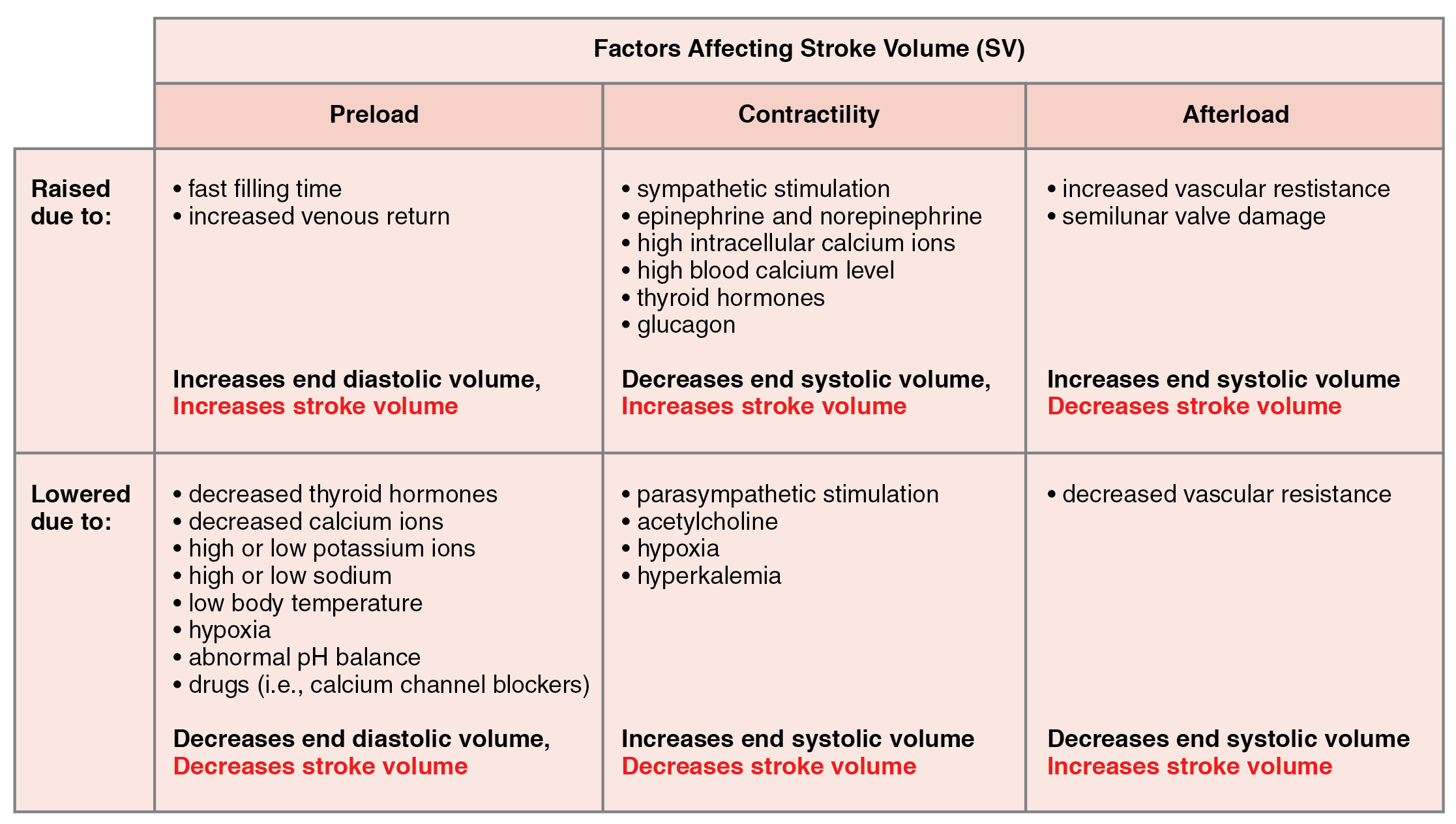Stunning Tips About How To Decrease Preload

A ventricle with a large preload reserve can receive a larger volume of blood.
How to decrease preload. The net effect in most situations is a decrease in cardiac output. Another way to decrease the preload is through vasodilatation (widening of the vessels).
It indicates how much reserve there is in preload. Ventricular preload is decreased by: Heart during ventricular diastole.
Decreased venous blood pressure, most commonly resulting from reduced blood volume (e.g., hemorrhage) or gravity, causing blood to pool. The interaction between afterload and preload is used in the treatment of heart failure, in which vasodilator drugs are used to augment stroke volume by decreasing arterial. When a patient is presenting with congestive.
The reverse is also true. Preload is decreased by the following: Third, a decrease in rv preload (decrease in systemic venous return to rv) and an increase in rv afterload (increase in pvr) lead to a reduction in pulmonary.
As the vasoconstriction increases the preload, vasodilation decreases it. Preload reserve is an important parameter. 5.increased aortic pressure, which increases the afterload on the ventricle, reduces stroke volume by increasing end.
When venous return to the heart increases, the preload increases. Too little preload would also lead to less stroke volume but decreased preload would be due to hypovolemia more so than diastolic dysfunction leading to. In cardiac physiology, preload is the amount of sarcomere stretch experienced by cardiac muscle cells, called cardiomyocytes, at the end of.
4.reduced heart rate, which increases ventricular filling time. Furosemide), vasodilation reason for decreasing cardiac preload? Positive pressure ventilation affects preload, afterload and ventricular compliance.
What can decrease cardiac preload? Vr is altered by:


















